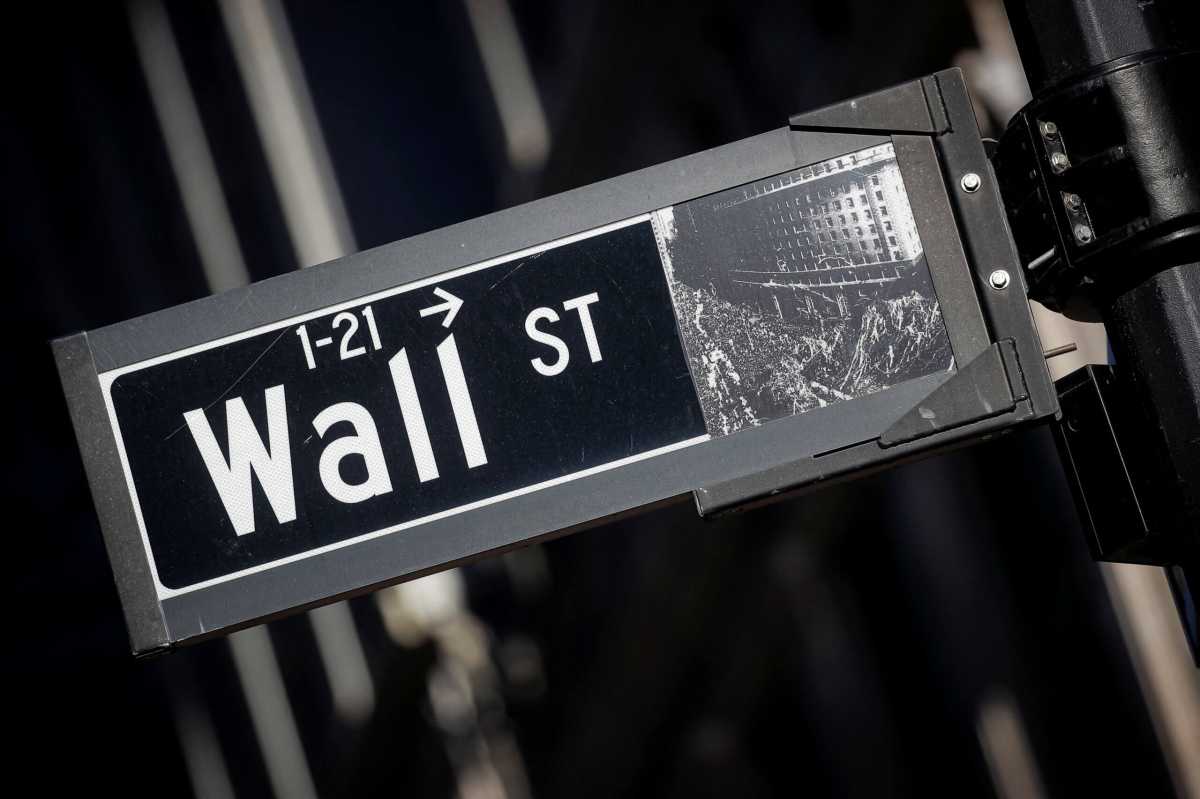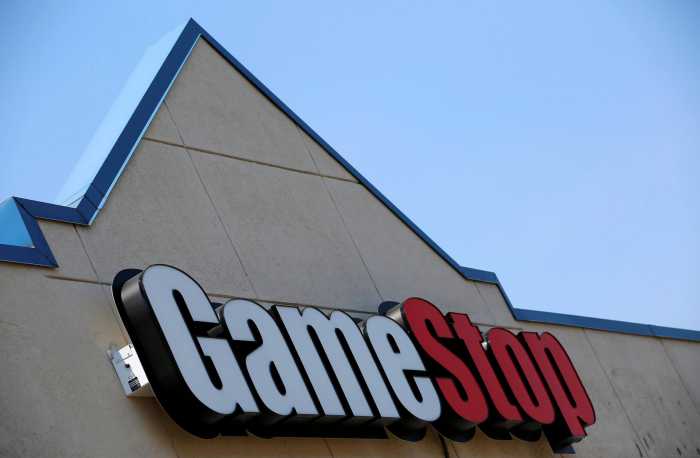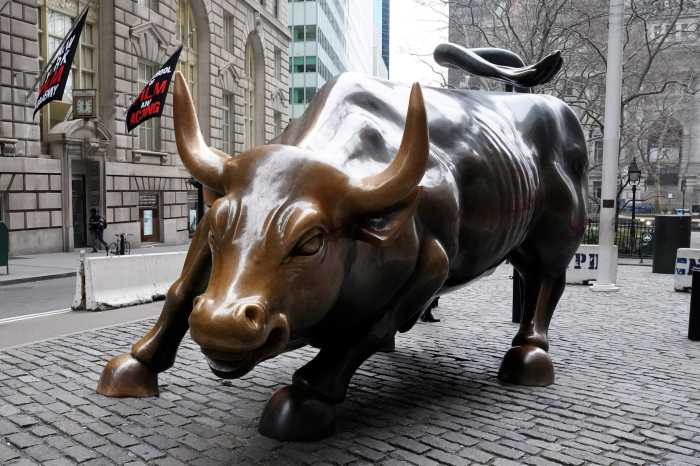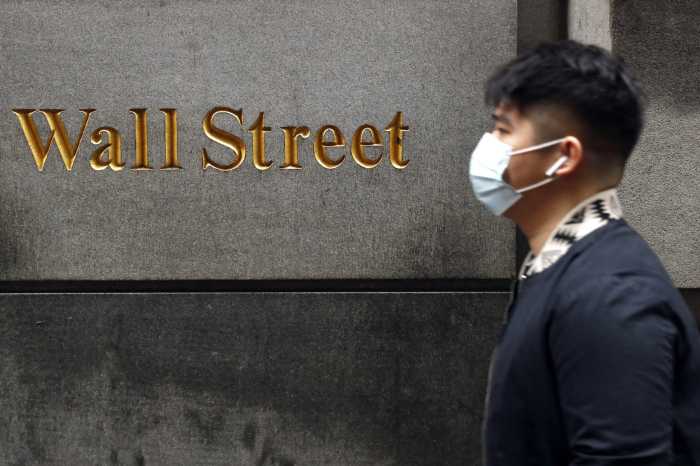U.S. stock indexes edged higher in choppy trading on Friday after data showed consumer prices rose in line with estimates last month, taking some pressure off investors concerned about the Federal Reserve’s aggressive tightening of its monetary policy.
The Labor Department’s report showed U.S. consumer prices accelerated 6.8% in the 12 months through November, their highest level since 1982, as the cost of goods and services rose broadly amid supply constraints.
The so-called core consumer price index (CPI) jumped 4.9% on a year-on-year basis after gaining 4.6% in October.
Economists polled by Reuters had forecast the CPI to climb 6.8% and core CPI to rise 4.9%.
“Today’s rise in U.S. inflation was broadly expected but it does confirm that price pressures continue to build but also broaden out,” said Jai Malhi, global market strategist at J.P. Morgan Asset Management.
“This release won’t deter (the Fed) from speeding up the (taper) process, allowing the central bank to raise rates earlier next year if required.”
Seven of the 11 major S&P sectors advanced, with defensive consumer stapes, real estate and utilities largely outperforming, suggesting cautionary trading ahead of the Fed’s policy meeting next week.
“Right now, possibly we’re seeing investors taking more a defensive approach in search of a bit of a safe haven until we find out next Wednesday what the Fed is going to do,” said Sam Stovall, chief investment strategist at CFRA Research in New York.
The U.S. central bank’s policy meeting will be closely watched for commentary about the path of interest rate hikes next year as well as the pace of bond purchases tapering.
A Reuters poll of economists predicted the Fed would raise rates by 25 basis points to 0.25-0.50% in the third quarter of next year, followed by another in the fourth quarter. However, most saw the risk of a hike coming even sooner.
At 12:24 p.m. ET, the Dow Jones Industrial Average was up 66.47 points, or 0.19%, at 35,821.16, the S&P 500 was up 24.22 points, or 0.52%, at 4,691.67, and the Nasdaq Composite was up 46.67 points, or 0.30%, at 15,564.04.
Shares of Oracle Corp jumped 16% after the enterprise software maker forecast an upbeat third-quarter outlook.
The S&P 500 index dropped 5.2% from a record high hit on Nov. 22 as investors digested Jerome Powell’s renomination as the Fed’s chair, his hawkish commentary to tackle surging price pressures and the discovery of the Omicron coronavirus variant.
A positive update by Pfizer and BioNTech on their vaccine offering some protection against the latest variant helped push the three main indexes for gains of over 3% each this week. The S&P is now down 1.2% from its all-time peak.
Mega-cap technology companies like Apple Inc and Microsoft Corp gained 1.3% and 1.7%, respectively, to provide the biggest boost to the major indexes.
Broadcom Inc gained 8.0% as the semiconductor firm sees first-quarter revenue above Wall Street expectations and announced a $10 billion share buyback plan.
Declining issues outnumbered advancers for a 1.18-to-1 ratio on the NYSE and for a 1.50-to-1 ratio on the Nasdaq.
The S&P index recorded 30 new 52-week highs and one new low, while the Nasdaq recorded 22 new highs and 113 new lows.




































